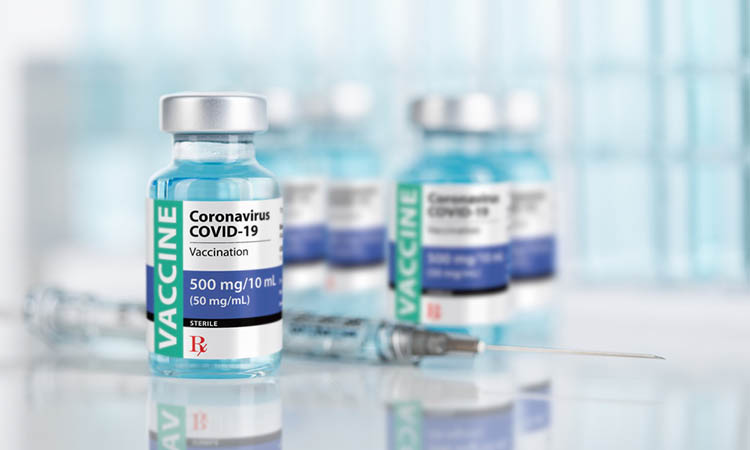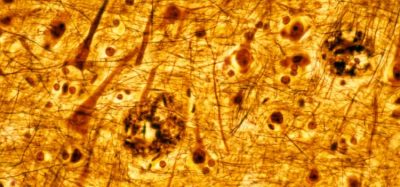WHO lists the Sinovac-CoronaVac COVID-19 vaccine emergency use
Posted: 2 June 2021 | Hannah Balfour (European Pharmaceutical Review) | No comments yet
The WHO Emergency Use Listing means Sinovac’s COVID-19 vaccine is now eligible for distribution under COVAX.


The World Health Organization (WHO) has granted the Sinovac-CoronaVac COVID-19 vaccine Emergency Use Listing (EUL). The EUL assures that the vaccine meets international standards for safety, efficacy and manufacturing and means the Sinovac-CoronaVac COVID-19 vaccine is now eligible for distribution under COVAX, the vaccine procurement and distribution pillar of the WHO’s Access to COVID-19 Tools (ACT) Accelerator. The vaccine is produced by the Beijing-based pharmaceutical company Sinovac.
“The world desperately needs multiple COVID-19 vaccines to address the huge access inequity across the globe,” said Dr Mariângela Simão, WHO Assistant-Director General for Access to Health Products. “We urge manufacturers to participate in the COVAX Facility, share their knowhow and data and contribute to bringing the pandemic under control.”
WHO’s EUL is a prerequisite for COVAX Facility vaccine supply and international procurement. It also allows countries to expedite their own regulatory approval to import and administer COVID-19 vaccines.
The EUL assesses the quality, safety and efficacy of COVID-19 vaccines, as well as risk management plans and programmatic suitability, such as cold chain requirements. The assessment is performed by the product evaluation group, composed by regulatory experts from around the world and a Technical Advisory Group (TAG), in charge of performing the risk-benefit assessment for an independent recommendation on whether a vaccine can be listed for emergency use and, if so, under which conditions.
In the case of the Sinovac-CoronaVac vaccine, the WHO assessment included on-site inspections of the production facility.
The Sinovac-CoronaVac product is an inactivated vaccine. Its easy storage requirements make it very manageable and particularly suitable for low-resource settings.
WHO’s Strategic Advisory Group of Experts on Immunization (SAGE) has also completed its review of the available evidence for the vaccine. Based on the evidence, WHO recommends the vaccine for use in adults 18 years and older, in a two-dose schedule with a spacing of two to four weeks. Vaccine efficacy results showed that the vaccine prevented symptomatic disease in 51 percent of those vaccinated and prevented severe COVID-19 and hospitalisation in 100 percent of the studied population.
Few older adults (over 60 years) were enrolled in clinical trials, so efficacy could not be estimated in this age group. Nevertheless, WHO is not recommending an upper age limit for the vaccine because data collected during subsequent use in multiple countries and supportive immunogenicity data suggests the vaccine is likely to have a protective effect in older persons. While there is no reason to believe that the vaccine has a different safety profile in older and younger populations, WHO recommends that countries using the vaccine in older age groups conduct safety and effectiveness monitoring to verify the expected impact and contribute to making the recommendation more robust for all countries.
As part of the EUL process, Sinovac had to commit to continue to generate data to enable full licensure and WHO prequalification of the vaccine. The WHO prequalification process will assess additional clinical data generated from vaccine trials and deployment on a rolling basis to ensure the vaccine meets the necessary standards of quality, safety and efficacy for broader availability.
Other COVID-19 vaccines listed for emergency use
WHO has already granted EULs to several other COVID-19 vaccines, namely:
- Pfizer/BioNTech’s Comirnaty®
- Astrazeneca-SK Bio’s COVID-19 Vaccine AstraZeneca (ChAdOx1-S [recombinant])
- Serum Institute of India Pvt Ltd’s COVID-19 Vaccine (ChAdOx1-S [recombinant]) – COVISHIELD™
- Astra Zeneca EU’s COVID-19 Vaccine AstraZeneca (ChAdOx1-S [recombinant])
- the Janssen COVID-19 Vaccine,
- the COVID-19 Vaccine Moderna; and
- Sinopharm’s Vero Cell vaccine.
Related topics
Biologics, Clinical Trials, Drug Safety, Regulation & Legislation, Vaccines, Viruses
Related organisations
Access to COVID-19 Tools (ACT) Accelerator, COVAX, Sinovac, The World Health Organization (WHO)









